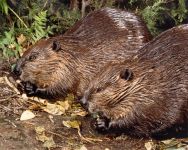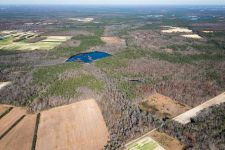


|

|
|
 
|
Here is our latest newsletter to keep you informed about just a few of the activities and issues concerning Unexpected Wildlife Refuge.

Thank you to all who helped us in 2018
Thank you to everyone who has supported Unexpected Wildlife Refuge during 2018. It has been a challenging year for the Refuge and the generosity of our supporters is crucial to us being able to fulfill our mission to protect natural habitat and provide a haven for the indigenous wildlife of New Jersey, including the many endangered and threatened species who call the Refuge home. Raising awareness and educating the public to appreciate the importance of wildlife and habitat protection and working with individuals and communities to peacefully resolve conflicts with wildlife are also important parts of the work we do. One encouraging development during 2018 has been the comeback of the North American beaver. After decades of defending the beaver who, we are happy to report, continue to live and flourish here, we are delighted to have played a role in the comeback of this much maligned and exploited species.
We also welcomed many new visitors to the Refuge, people who had only just learned about us and wanted to see a largely unmodified and natural habitat for wildlife. Although they faced several challenges -- flooded trails and arachnids who saw them as an easy source of food -- they found exploring the Refuge to be a fascinating and rewarding experience. We encourage visitors; just give us a call (856.697.3541) or send an E-mail and we will add you to the schedule.
We know there are many worthwhile causes to support. We hope, however, that we can rely on your continued support during 2019. There are many ways in which you can choose to do so, and further information can be found near the end of this newsletter. You do not have to wait until next year: A donation today –- no matter how small –- will enable us to continue our important work tomorrow and help to secure the future of the Refuge and the safety of the wildlife who reside here.
We wish you and yours a peaceful New Year.